Sleeping in Space: How Astronauts Get a Good Night's Rest
Get a good night's sleep, astronaut-style
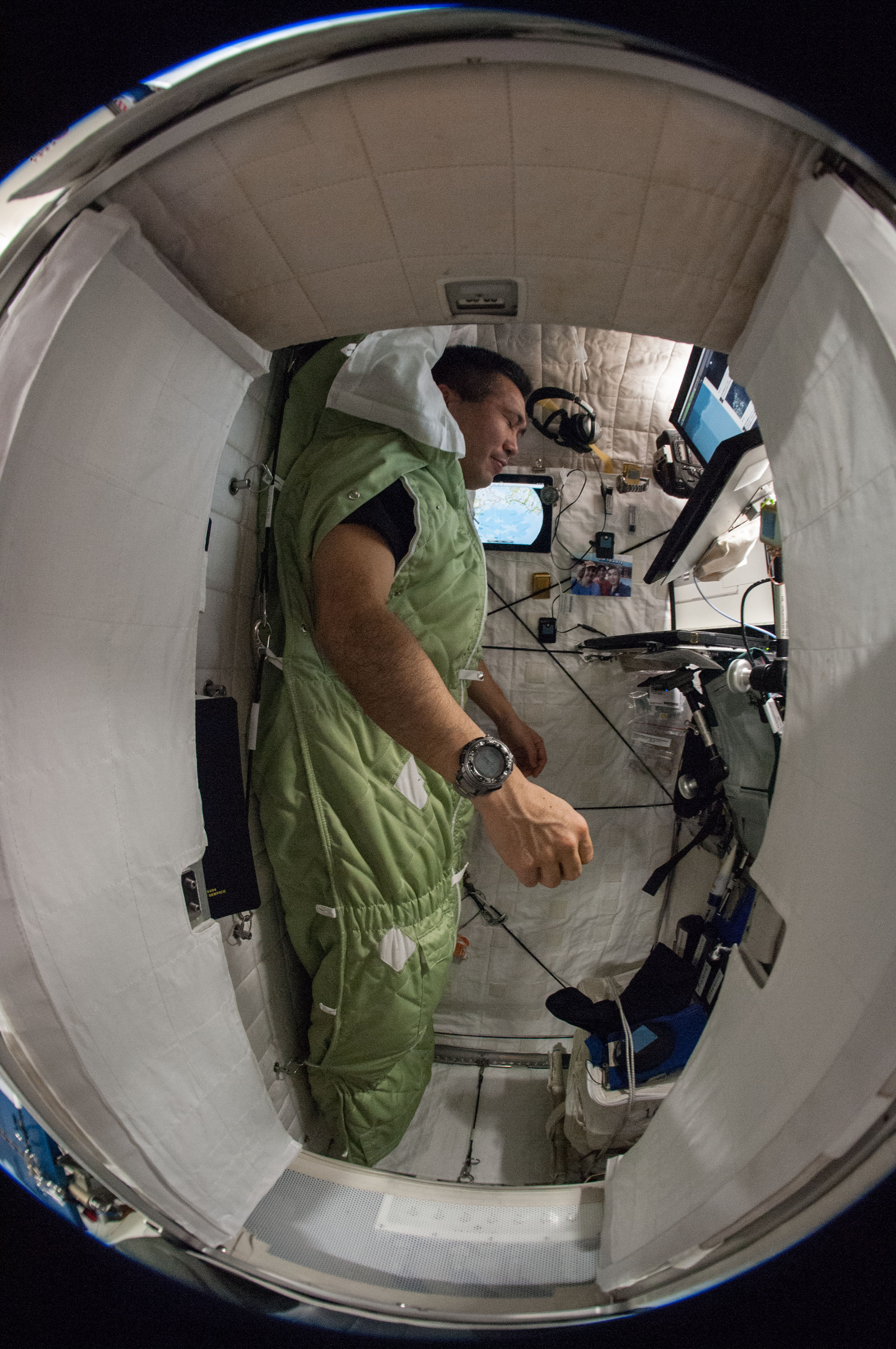
If you're like a lot of people on Earth, sleeping can be a struggle. A lack of sleep can affect not only your cognitive abilities and overall health, but it can also throw your body's circadian rhythm — your biological clock — completely out of whack. For people living on the International Space Station, maintaining the circadian rhythm of their body is especially important: disruptions can lead to fatigue and mood changes as well as metabolic disorders, heart disease and gastrointestinal problems — not to mention accidents on the job. Astronauts have several tactics for mastering the art of sleeping in space that have also proven to be useful for snoozing on Earth. Read on for some sleeping tips and tricks that are down to Earth as well as out of this world.
Sleep education and training
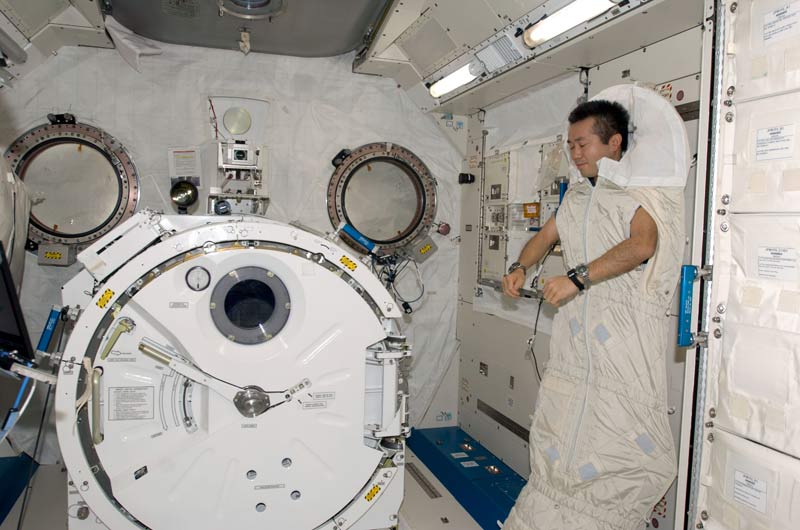
Knowledge is power! While learning how to sleep may sound a little silly, knowing what factors can affect your quality of sleep is important for promoting healthy behaviors and environmental conditions. Exercising properly, avoiding screen time at night and eating right can all help you maintain a healthy sleep schedule and circadian rhythm.
Snooze on a schedule
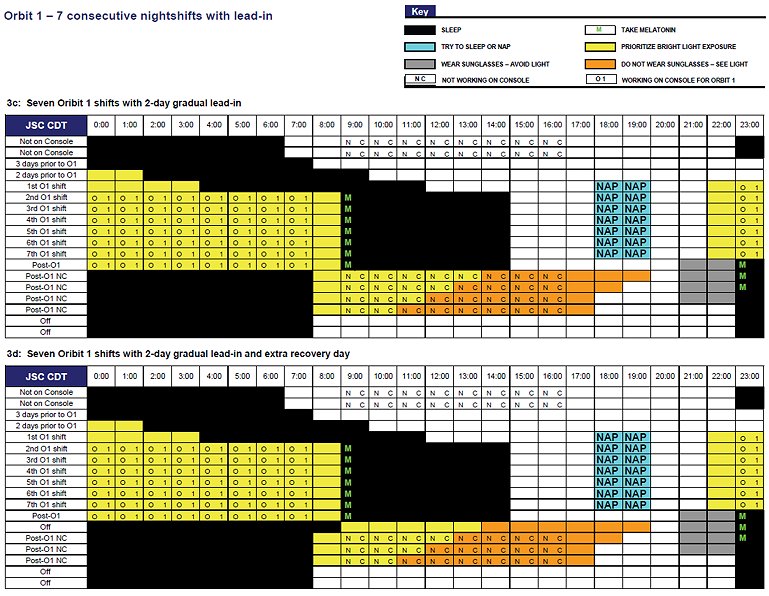
Keeping your sleep schedule in sync with your body's circadian rhythm is the best way to prevent insomnia and fatigue. This is easier to do on Earth — where the body is naturally acclimated to a 24-hour day — than it is in space, where the sun rises and sets 15 to 16 times a day, and so maintaining that 24-hour sleep schedule may not come as naturally. Astronauts have to train their minds and bodies to maintain a 24-hour circadian rhythm to ensure optimal mental functioning and sleep quality. They have a schedule that includes sleep and wake times, lighting instructions, diet, exercise and other information to keep their sleep on track.
Sleep environment
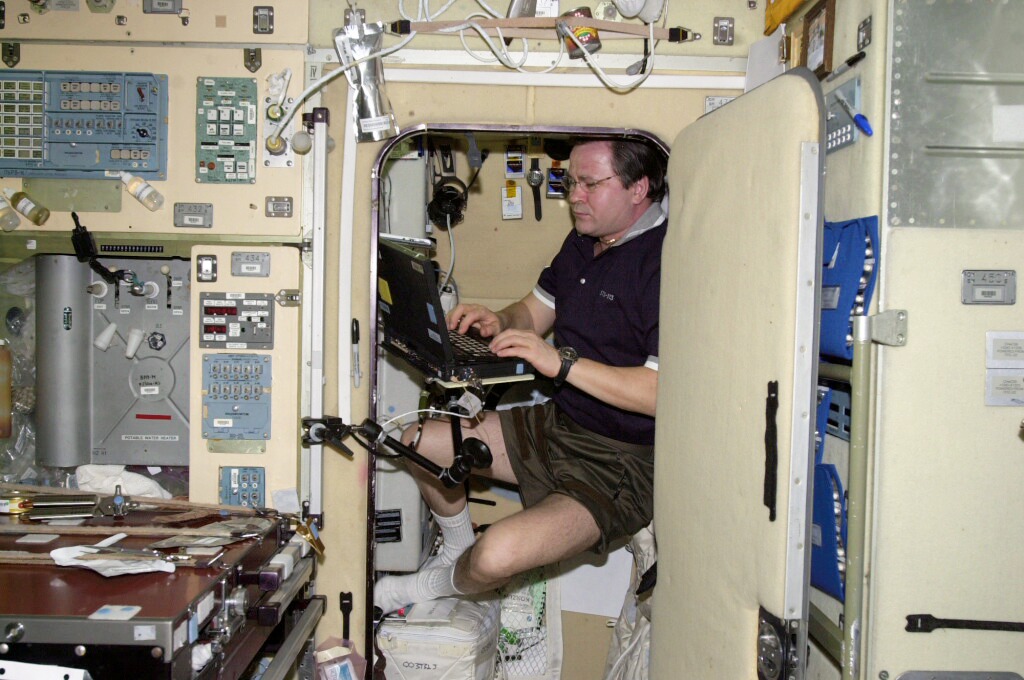
Every effort is made to provide space station crewmembers with a sleeping environment that encourages healthy, undisrupted sleep times. Private sleeping quarters like those currently found aboard the station minimize the opportunity for disruption from other crewmembers and allow for varying sleep schedules. Other environmental factors that affect sleep for crewmembers aboard the station are temperature, lighting, airflow, noise, carbon dioxide and special restraints that are used to keep the inhabitants from floating around while they're sleeping.
Light
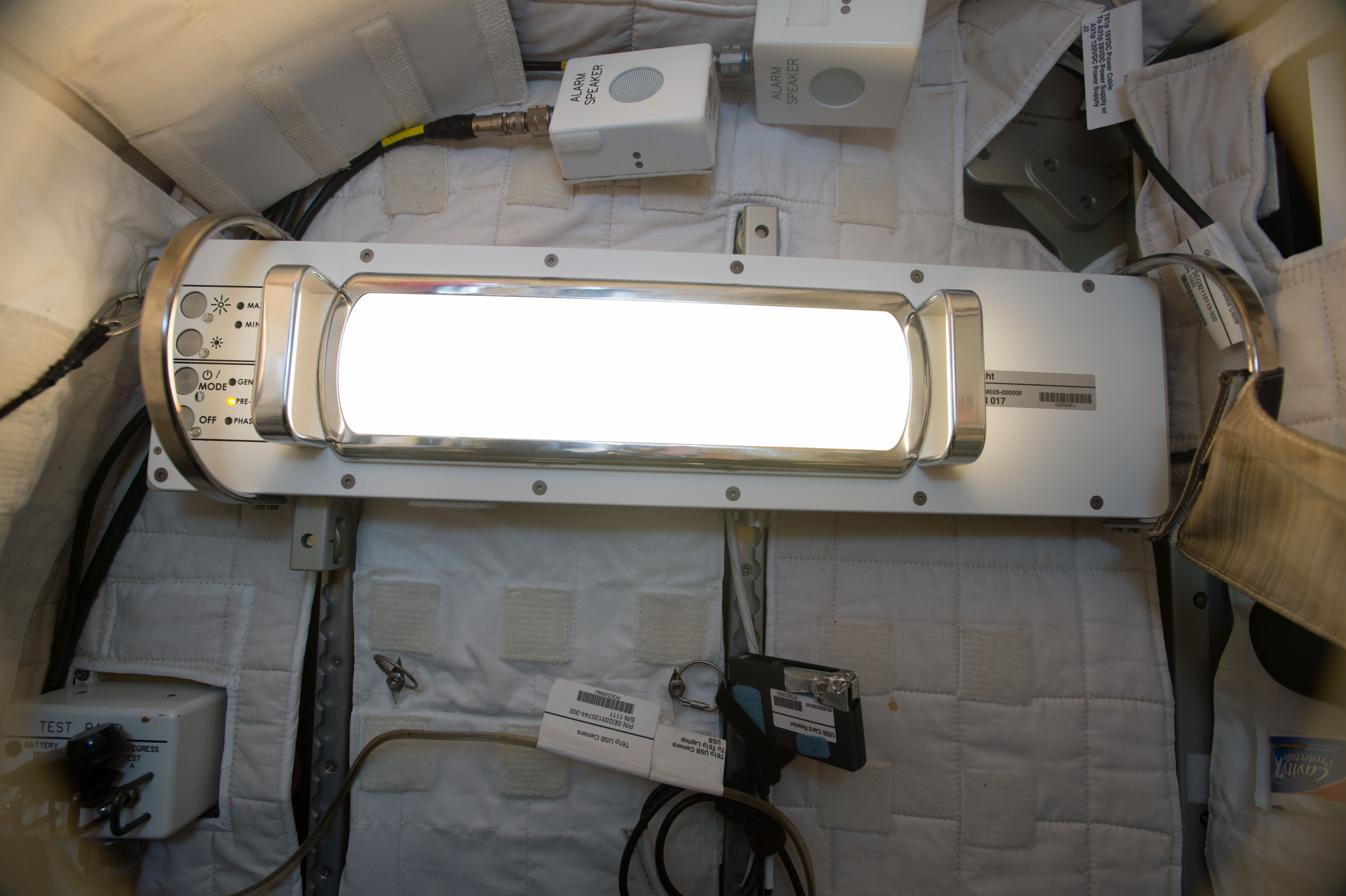
The International Space Station orbits the Earth every 92 minutes, so the crewmembers see about 16 sunrises a day. This constant back-and-forth activity between day and night can wreak havoc on the body's circadian rhythm. Luckily, the astronauts are able to get around this with artificial lights. Currently, the ISS is in the process of switching the lighting system for the inside of the station from General Luminaire Assemblies (GLAs) to Solid-State Light Assemblies (SSLAs). The color spectrum and brightness of the new lights can be adjusted to "promote alertness and circadian resetting," NASA officials said in a statement.
Sleep therapy
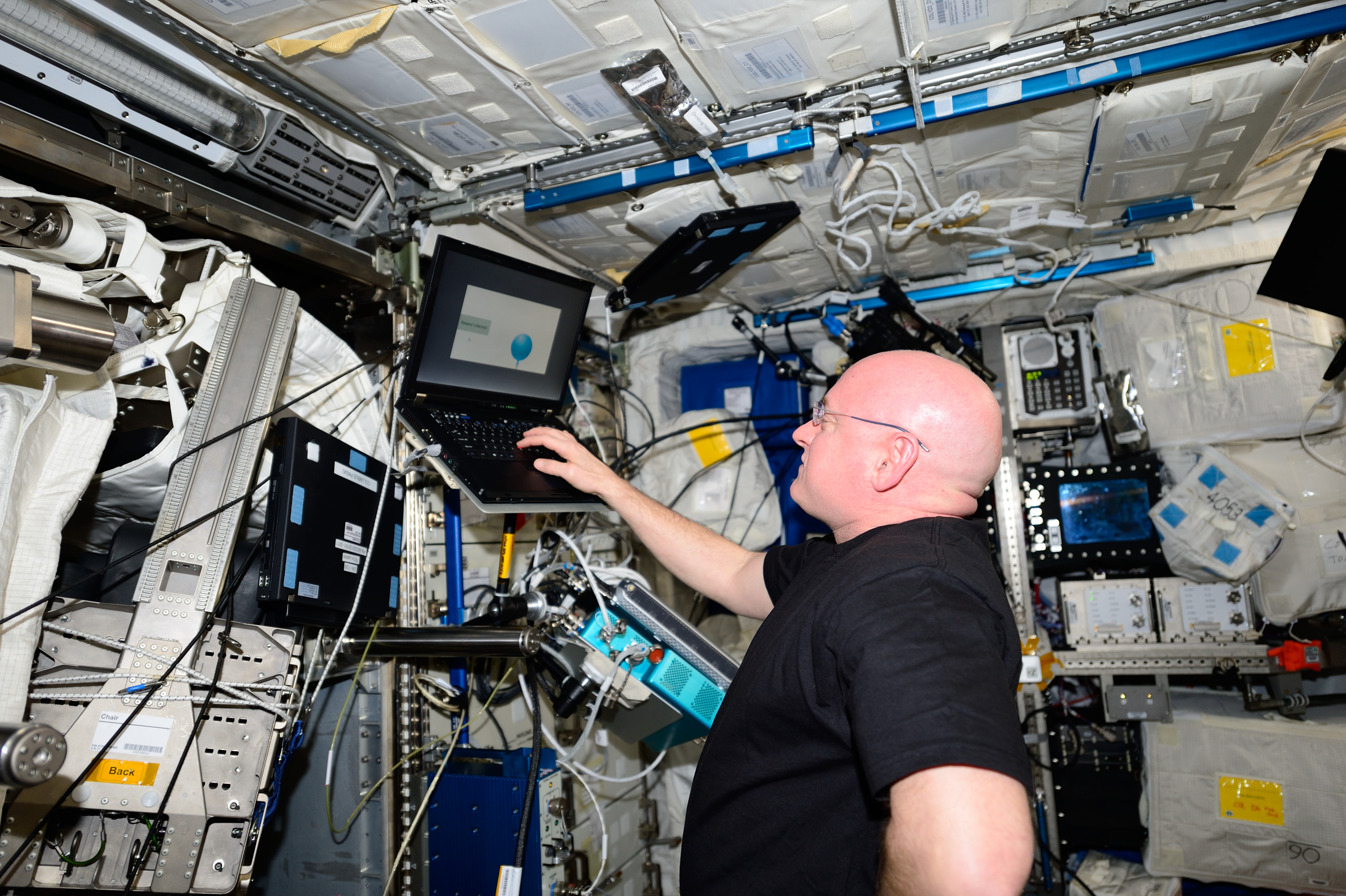
While the space station may be 249 miles (400 kilometers) away from Earth, behavioral health clinicians are just a phone call away from its inhabitants. NASA's Behavioral Health and Performance Group at Johnson Space Center provides psychological support for astronauts before, during and after flight. Sleep Cognitive Behavioral Therapy (CBT) can help astronauts — and people on Earth — tackle sleep problems. CBT can help clear a patient's mind of racing thoughts that often prevent the brain from transitioning into sleep mode. It can also help crewmembers learn to relax and even adhere to sleep hygiene, instilling routines that promote healthy sleep.
Nonprescription substances
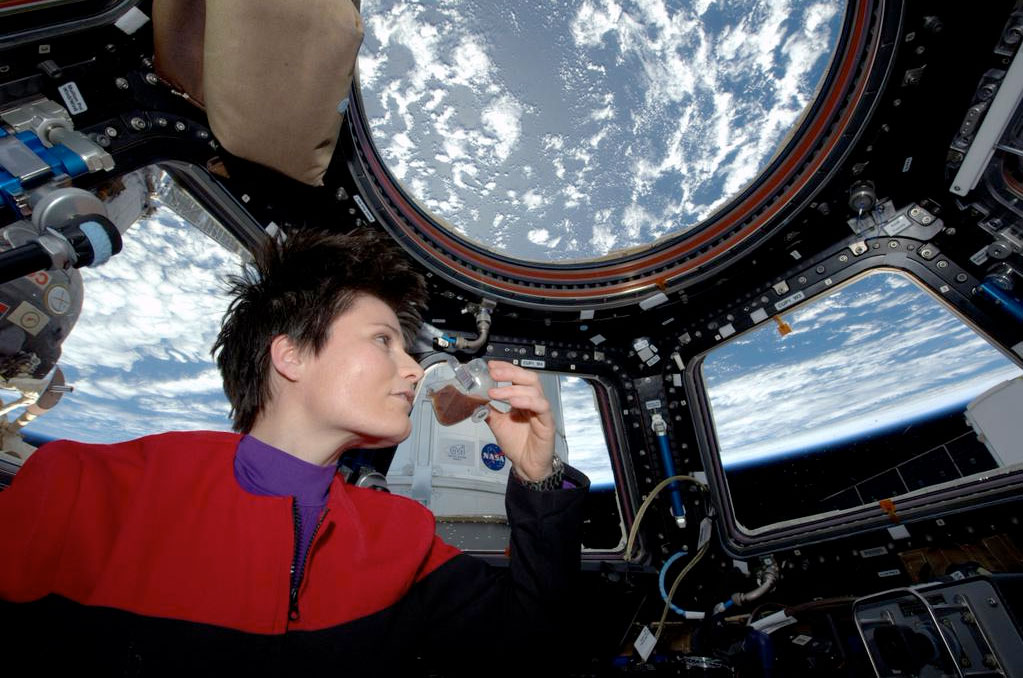
Astronauts at the International Space Station have the option of taking melatonin, a supplement that regulates sleep. Melatonin, a naturally produced hormone in the human body, is a popular over-the-counter sleep aid. Caffeinated products are also available for space station astronauts in need of a quick energy boost.
Pharmaceuticals
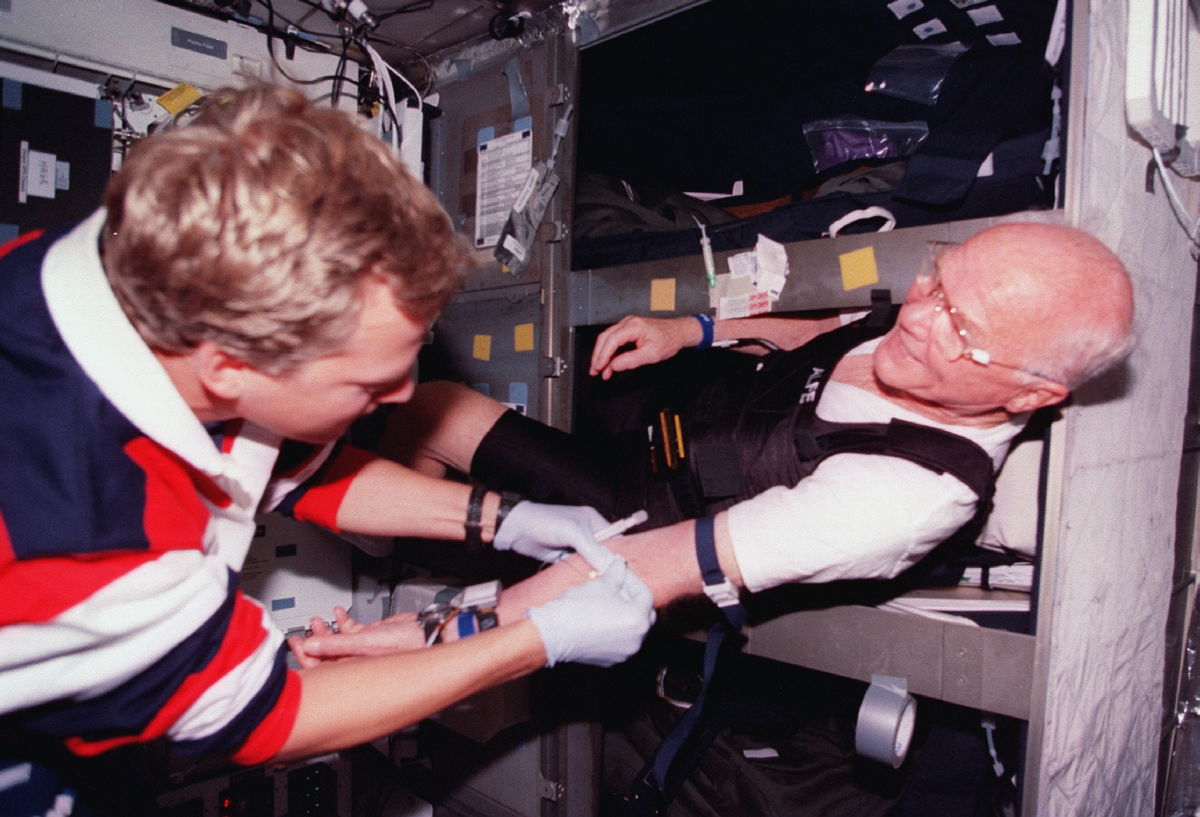
As a last resort, crewmembers on the International Space Station can also take sleep medications. Multiple types of sleep aids are in the space station's minipharmacy — which is more like a household medicine cabinet — including Zolpidem (a sedative), Zalpelon (a sedative-hypnotic) and Benadryl (an over-the-counter antihistamine). To ensure that they're safe and to test his or her individual physiological response, these meds are tested on each crewmember prior to flight. Like many other sleeping pills, Zolpidem and Zalpelon cannot be dispensed on Earth without a doctor's prescription.
Join our Space Forums to keep talking space on the latest missions, night sky and more! And if you have a news tip, correction or comment, let us know at: community@space.com.
Get the Space.com Newsletter
Breaking space news, the latest updates on rocket launches, skywatching events and more!

Hanneke Weitering is a multimedia journalist in the Pacific Northwest reporting on the future of aviation at FutureFlight.aero and Aviation International News and was previously the Editor for Spaceflight and Astronomy news here at Space.com. As an editor with over 10 years of experience in science journalism she has previously written for Scholastic Classroom Magazines, MedPage Today and The Joint Institute for Computational Sciences at Oak Ridge National Laboratory. After studying physics at the University of Tennessee in her hometown of Knoxville, she earned her graduate degree in Science, Health and Environmental Reporting (SHERP) from New York University. Hanneke joined the Space.com team in 2016 as a staff writer and producer, covering topics including spaceflight and astronomy. She currently lives in Seattle, home of the Space Needle, with her cat and two snakes. In her spare time, Hanneke enjoys exploring the Rocky Mountains, basking in nature and looking for dark skies to gaze at the cosmos.
